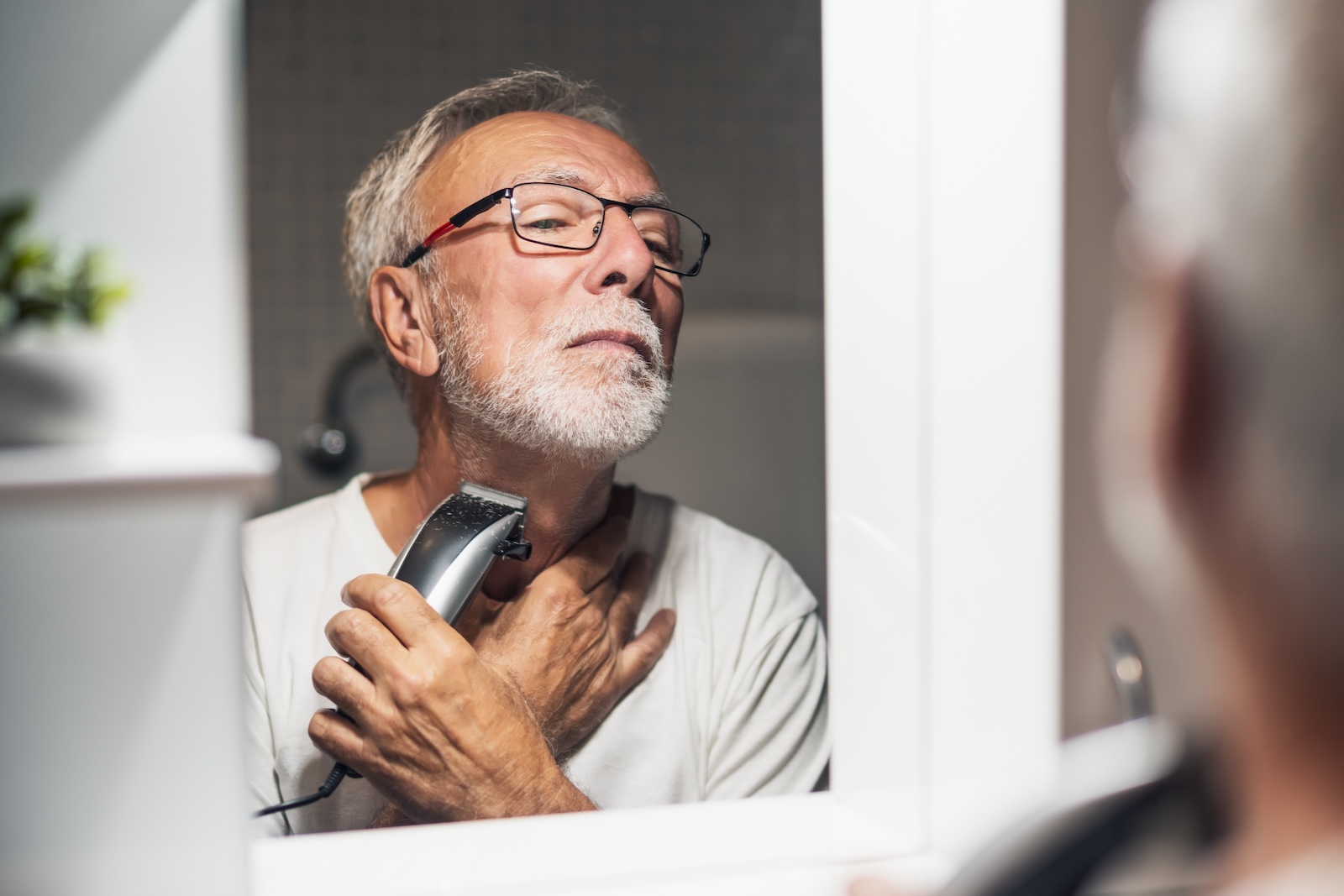Magazine
How To Tan Safely & Protect Your Skin

Tanning has been known to improve a man’s appearance by minimizing the appearance of scars or fine lines and giving you a glowing complexion. This, in turn, can enhance your mood and increase your confidence.
However, If done incorrectly, tanning can not only make you look worse but also cause permanent damage to your skin.
Today, Particle will be discussing two of the most popular methods of tanning — sun tanning and self-tanning — and how to do them safely.
Tips For Sun Tanning
If you have decided to go tanning outdoors, here are some tips for making the process safer for your skin.
First and foremost, it is of the utmost importance that you use sunscreen while tanning. The sun’s rays can begin to damage your skin if it’s not protected with SPF.
If you don’t protect your skin when you tan, photoaging can result from it. Photoaging is the premature aging of the skin. Common signs of photoaging include wrinkles, age spots, a reduction in elasticity, redness, and uneven skin texture.
To avoid this, you must apply quality sunscreen to your face and body before tanning. There are two types of sunscreen that you are welcome to choose from: physical and chemical.
Physical sunscreen, sometimes called mineral sunscreen, is made of ingredients like zinc oxide and titanium dioxide that block and scatter the sun’s rays before they penetrate and damage your skin. Chemical sunscreen consists of ingredients that include avobenzone and octisalate that absorb ultraviolet rays before they can cause damage to your skin.
Whether you choose a physical or mineral sunscreen, the product you use must be broad-spectrum. A broad-spectrum sunscreen is made to protect you against both UVA rays and UVB rays.
UVA rays can damage your cells at a deeper level than UVB rays. UVB rays, however, have higher energy levels that permit them to damage the outer layers of your skin. Both are harmful, and both should be avoided.
In addition to using a broad-spectrum sunscreen, your sunscreen should have a Sun Protection Factor (SPF) of at least 30 to ensure that you are being properly protected. When applying sunscreen to your body, you will need to use on average a full ounce.
When you are tanning outdoors, always remember to change your tanning position. Switching positions frequently will help to prevent burns from occurring. If possible, take a break from the sun and find a shaded area. This will relieve your body from the heat and reduce the chances of your skin burning.
The amount of time you spend tanning outdoors is likely to be the factor that most affects whether your body benefits from the experience. If you plan on tanning for a long period of time, try not to stay out in the sun for more than two or three hours and reapply your sunscreen as needed. If you want to be extra cautious, try tanning in the morning or late afternoon. The sun is strongest between 12 and 3 p.m., making it the most dangerous time for your skin to be exposed.
When performed correctly, sun tanning can be effective and provide you with an increased intake of vitamin D. The benefits of vitamin D include a supported immune system and the destruction of free radicals.
Risks of Sun Tanning
As we all know, sun tanning always comes with some risks.
Spending long periods of time out in the sun does pose the potential for heat rash and sunburn. These effects can lead to dehydration and premature skin aging.
The most dangerous risk sun tanning poses is melanoma and other skin cancers. Melanoma is a type of skin cancer often attributed to exposure to ultraviolet light. It is reported that the rates of melanoma have been rising over the past few decades, with about 106,000 new melanoma cases diagnosed in 2021.
Tanning unsafely poses a direct threat to your skin’s health and increases the potential for melanoma to develop on your skin.
Tips For Self Tanning
For this reason, many people choose to use self-tanner instead of tanning outdoors. Some may go to a tanning salon and get a professional spray tan. Nevertheless, tanning at home — or on a budget — is still very much a possibility.
Self-tanner can be easy to use with practice. The following is a general guide for successful using a self-tanner.
Exfoliate
Exfoliating is a process used to clean the outer layers of your skin, increase blood circulation, and brighten your overall appearance.
There are two forms of exfoliation that you can choose from, mechanical and chemical.
Mechanical exfoliation is when you use a tool to shed your skin of dead skin cells. Some of the most popular tools for mechanical exfoliation are brushes, sponges, and gloves. Gloves are used primarily for exfoliating your body, while some brushes and sponges can also safely exfoliate your face.
Chemical exfoliation does not use tools to exfoliate the skin. Instead, it uses chemicals to dissolve the dead skin cells off of your skin. Most exfoliating chemical solutions contain either beta hydroxy acids or alpha hydroxy acids.
Both methods of exfoliation are effective. That being said, the safest option is to select your method of exfoliation based on your skin type.
Chemical exfoliation is better suited for those with dry and chemical skin. Mechanical exfoliation is better suited for those with oily skin. If you have combination or normal skin, your skin will benefit from both types of exfoliation.
Once your skin has been washed and exfoliated, pat your skin dry and move on to the next step.
Prep Your Skin with Exfoliation
One of the fears of using self-tanner is that it can result in streaking.
Part of the reason that self-tanner results in streaking is that the product is being applied to an uneven surface. To achieve the appearance of an even tan, you need to shower and exfoliate before using a self-tanner. Use lukewarm water to open up your pores and hair follicles for a deeper cleanse without stripping your skin of any natural oils.
Make sure that you use a quality body wash to remove unwanted dirt and bacteria. We recommend using Particle Body Wash. Our body wash uses high-grade Dead Sea minerals to provide your skin with a deep cleanse while simultaneously keeping it moisturized and smelling fresh.
Our body wash is especially ideal for prepping your skin for exfoliation because it is specially engineered to enhance men’s skin, regardless of skin type, without drying or irritating it.
Once your skin is properly cleansed, you can move on to removing dead skin cells, dirt, and grime that may cause uneven skin texture. This can be accomplished with exfoliation.
Apply The Product
Moisturize any areas of your skin that show signs of dryness but leave the rest of your body cream-free. Your self-tanner will not be as effective if used in combination with oils or lotions.
Cream can be used to your advantage when protecting your hair. Apply cream to your eyebrows, around your hairline, and around any facial hair to prevent the self-tanning product from accidentally tinting your hair.
It is also suggested that you protect your hands. Self-tanner is known to turn your hands orange, so it is best to use gloves to apply the self-tanner and keep your hands free of stains.
Put the tanning product onto your gloves and apply it in long and light vertical strokes section by section. Make sure the product is applied evenly to all exposed areas of the skin. Not using enough tanner can result in streaking, so be sure to use a generous amount or the amount suggested on your product’s bottle.
Let the product sit for 20 minutes before getting dressed. As for showering or getting wet, it is recommended that you wait at least 12 hours.
Aftercare
To maintain your new tan, moisturize every day, twice a day. Dry skin will cause your tan to fade and go dull. Staying moisturized and hydrated will keep you looking radiant.
We recommend using the Particle Face Cream to keep your face moisturized. Our face cream is engineered to moisturize men’s skin and soothe it after tanning. Additional benefits include reducing the appearance of wrinkles, eye bags, dark spots and nourishing your skin with essential ingredients.
Reapply your tanner to your skin as often as you deem necessary.
Conclusion
There are several benefits to getting a tan when it is done correctly. Remember to weigh the risks of tanning when deciding which method to use. Your first priority should always be your health. There are ways to look good while still feeling good.
Feel free to tan, but don’t forget to protect your skin in the process.
Sources:
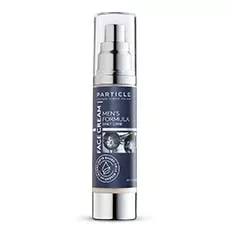
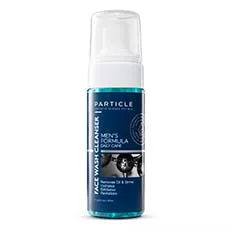
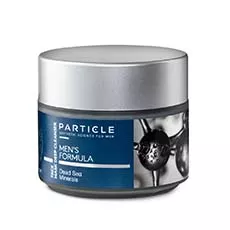
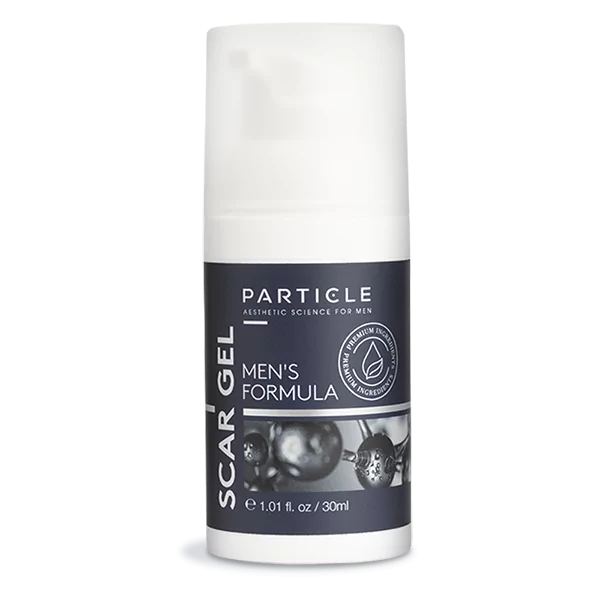
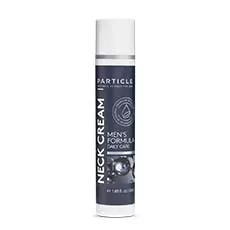
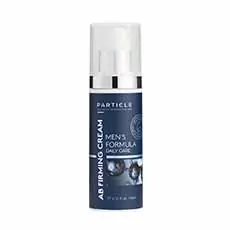
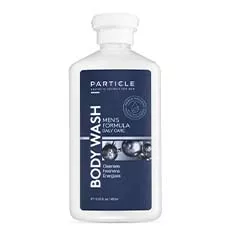
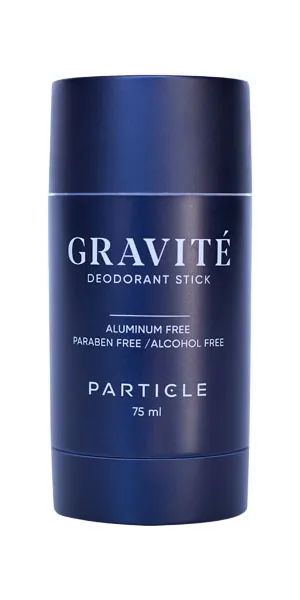
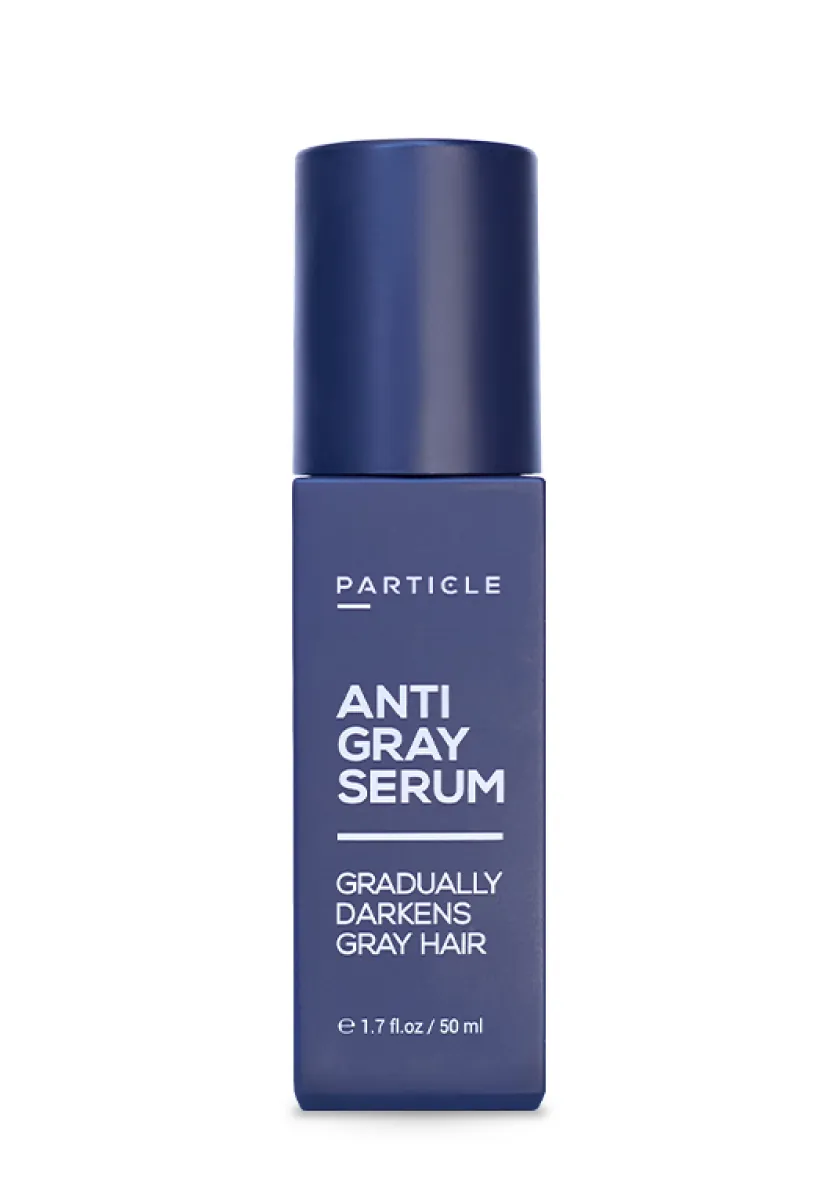
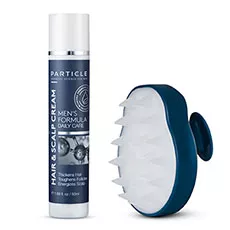
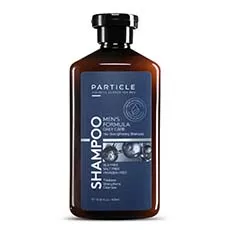
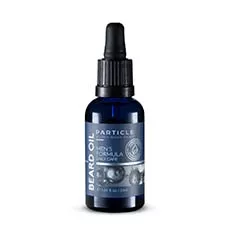
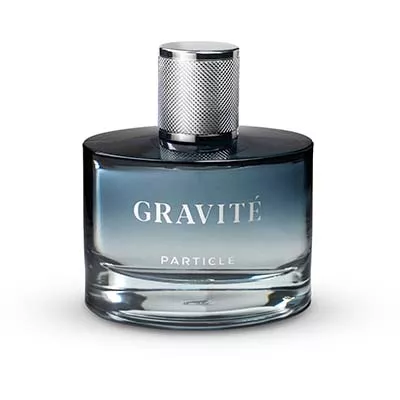

 au
au














